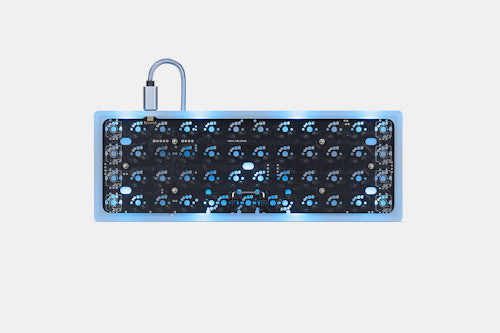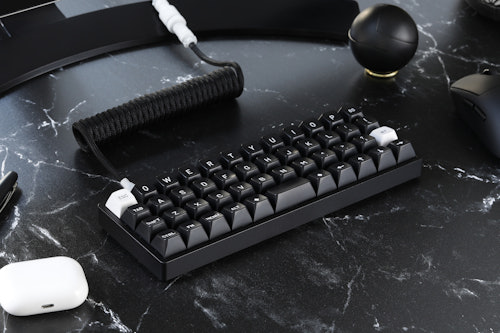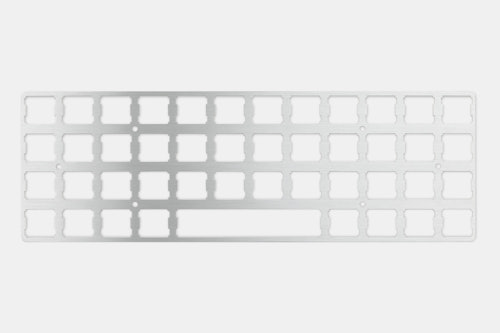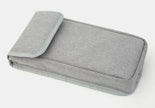Click to view our Accessibility Statement or contact us with accessibility-related questions$129$129
Drop + OLKB Planck Mechanical Keyboard Kit V7
$99
Drop + OLKB Planck Mechanical Keyboard Kit V7
bookmark_border
$99
Ready to Ship
·
Free Returns in USA
●
Members who purchase earn
297
Drop Rewards
Frequently bought together:
Review Highlights:
expand_less
Q&A Highlights:
expand_less
Specs
- Drop + OLKB
- 48 keys
- Layout: Ortholinear
- Case: CNC anodized aluminum or polycarbonate case
- RGB bottom lighting
- Connectivity: USB-C
Included
- USB-A to USB-C cable
- Screws and other accessories for assembly
- PCBA-mounted stabilizers
- CNC aluminum or polycarbonate case
- PCBA
RETURNS—NO QUESTIONS ASKED
We get it. Sometimes what you ordered just doesn’t work out. If that’s the case for you, don’t fret! All customers (both US and international) may return this item in new, unused condition within 30 days of delivery.
Shipping
Estimated ship date is Nov 25, 2024 PT.
Payment will be collected at checkout. Cancellations are accepted up to 2 hours after checkout for in-stock items, or up until pre-order ships.
Recent Activity










